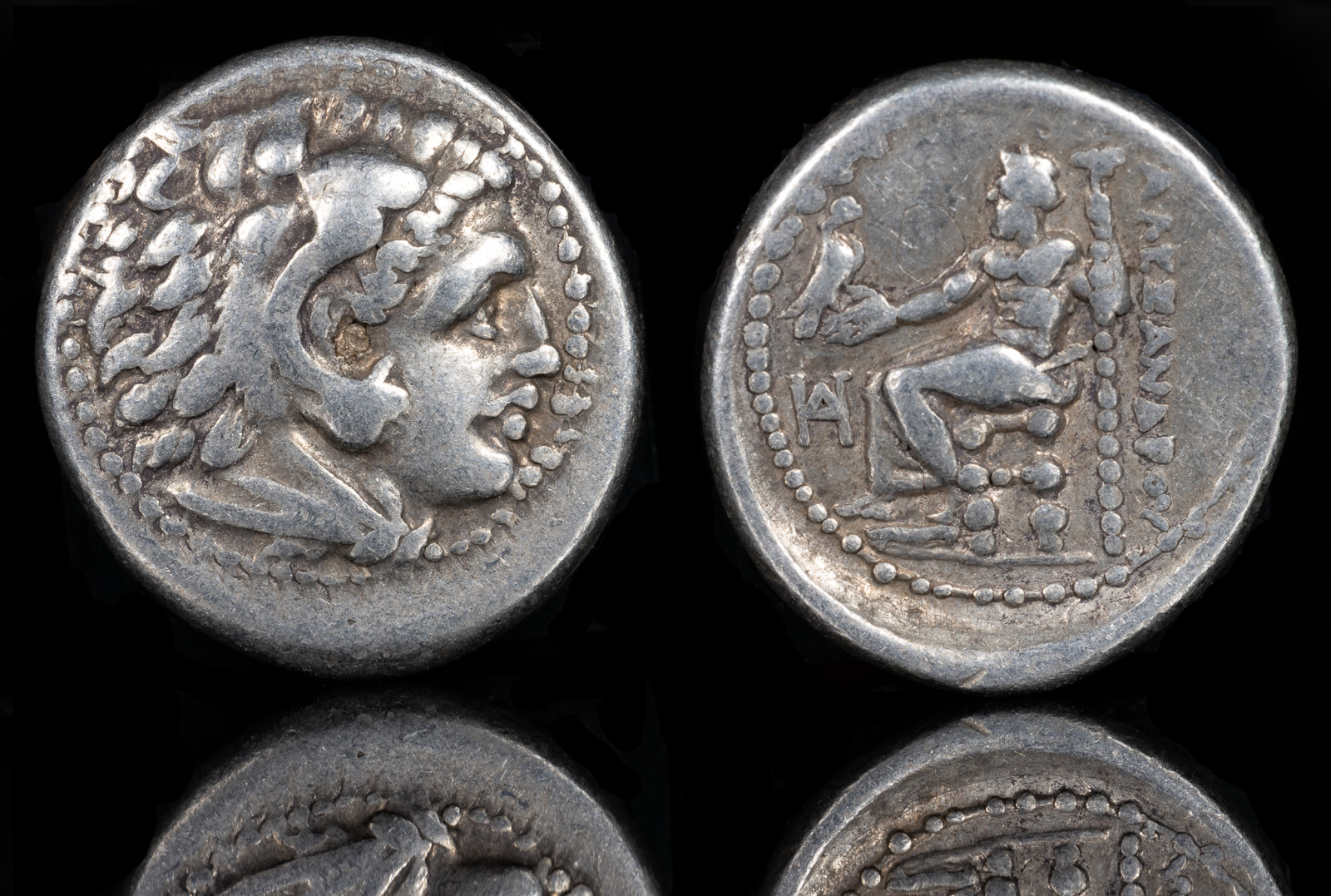Graffito
View All Tags
Graffitos—inscriptions or markings added to ancient coins—were often found on coins from various regions, particularly in the ancient Greek and Roman worlds. These markings, which were usually scratched or engraved onto the surface of the coin, could serve several purposes, ranging from identification and ownership to communication and legal recording. Graffitos on coins are important because they provide insight into the economic, social, and cultural practices of the time, offering a glimpse into how people interacted with money and used it beyond its original minting purposes.
One of the primary reasons for graffitos on ancient coins was to mark ownership or personal identification. In the absence of modern systems for recording ownership, individuals would often inscribe their coins with their names, initials, or symbols to show possession. This was especially useful for merchants, soldiers, and travelers who dealt with money in large quantities and wanted to ensure they could trace or claim their coins in case of theft or loss. These personal marks could act as a form of protection, offering a way to identify the coin if it circulated widely or was passed along in trade.

Alexander the Great
AR Drachm 16mm, 4.27 g, 12h
Miletos mint. Struck under Philoxenos, circa 325-323 BCE
Price 2090; ADM I Series I. graffito in field on reverse